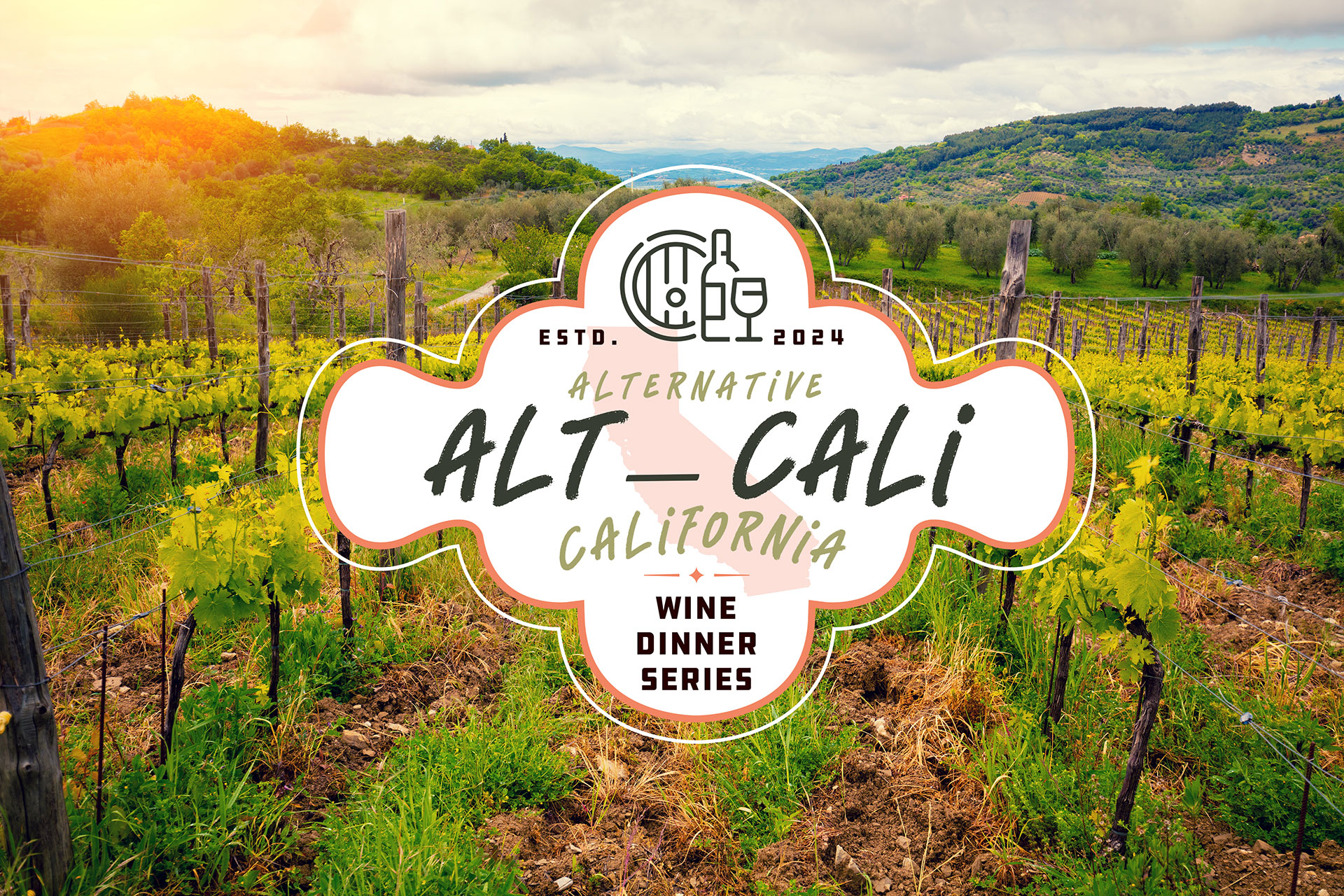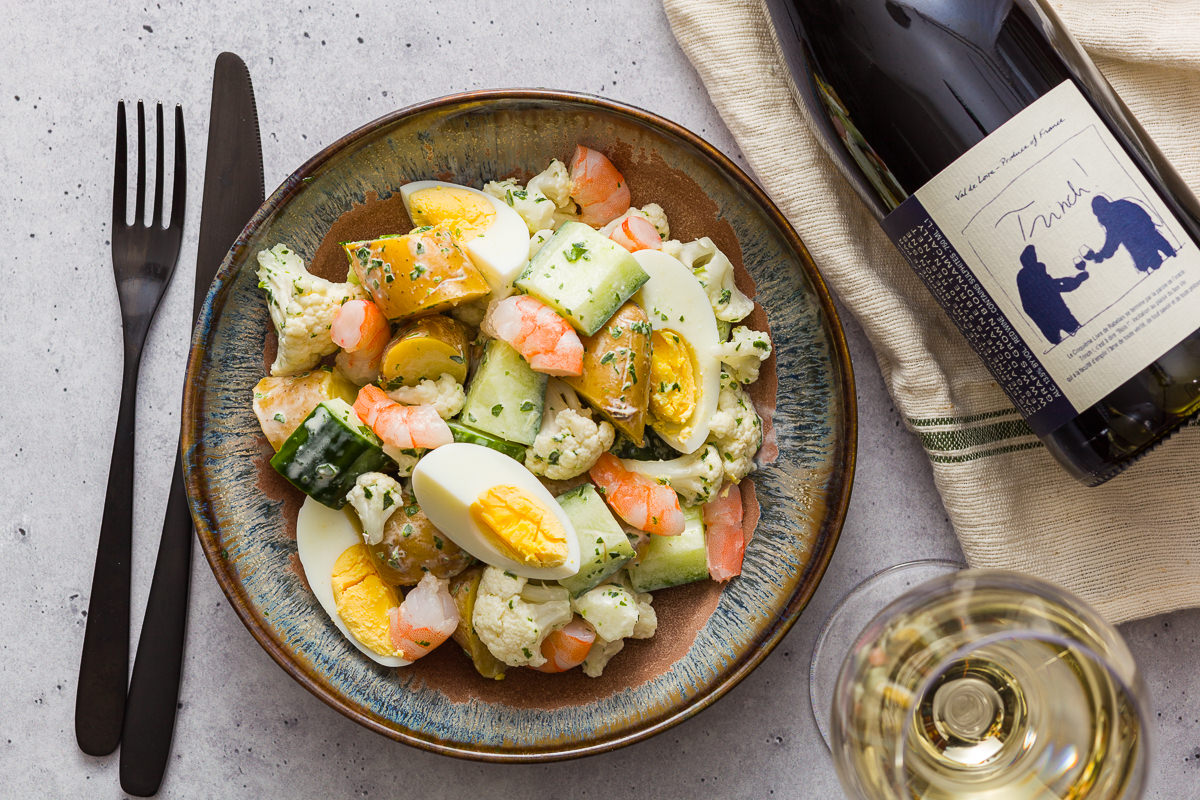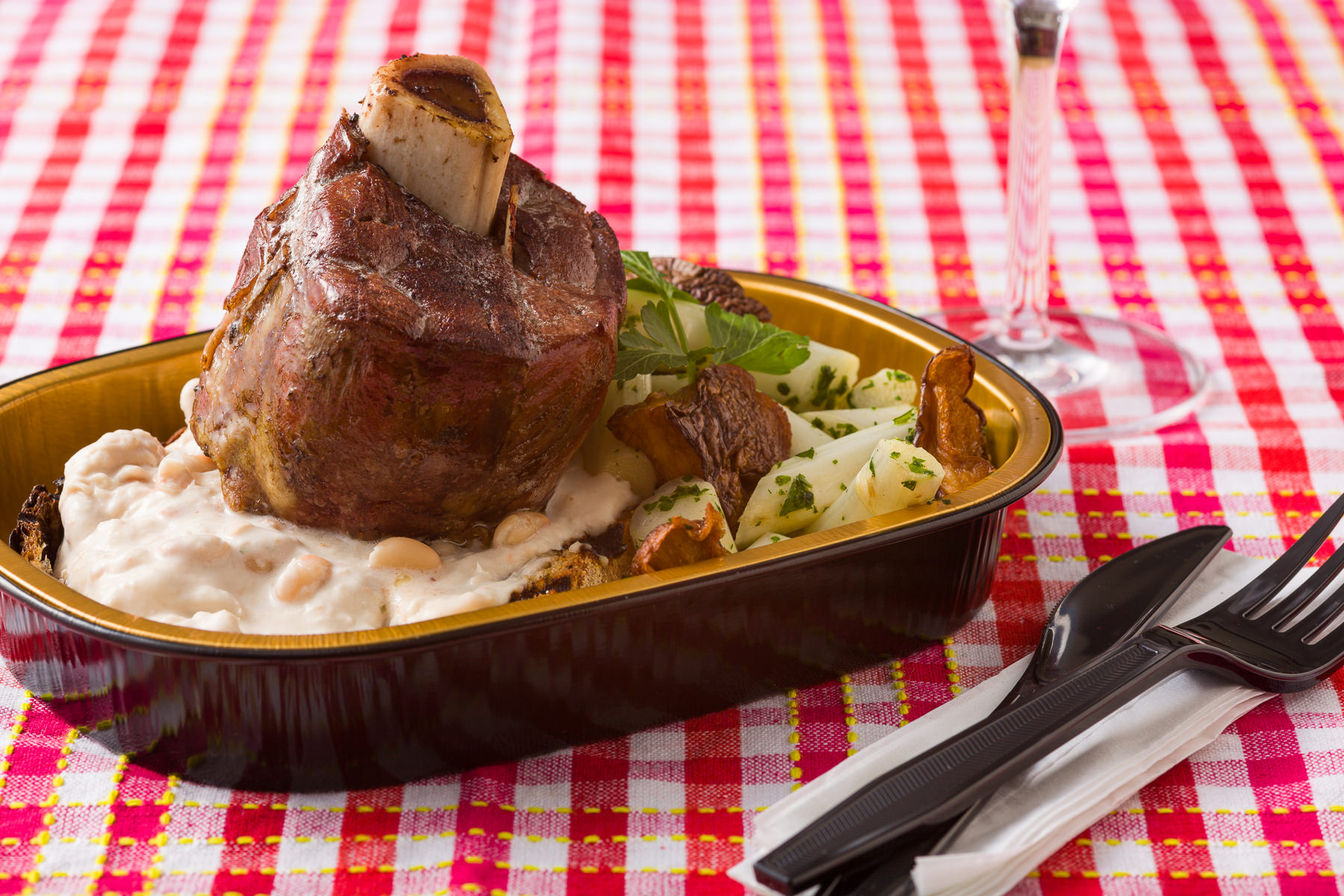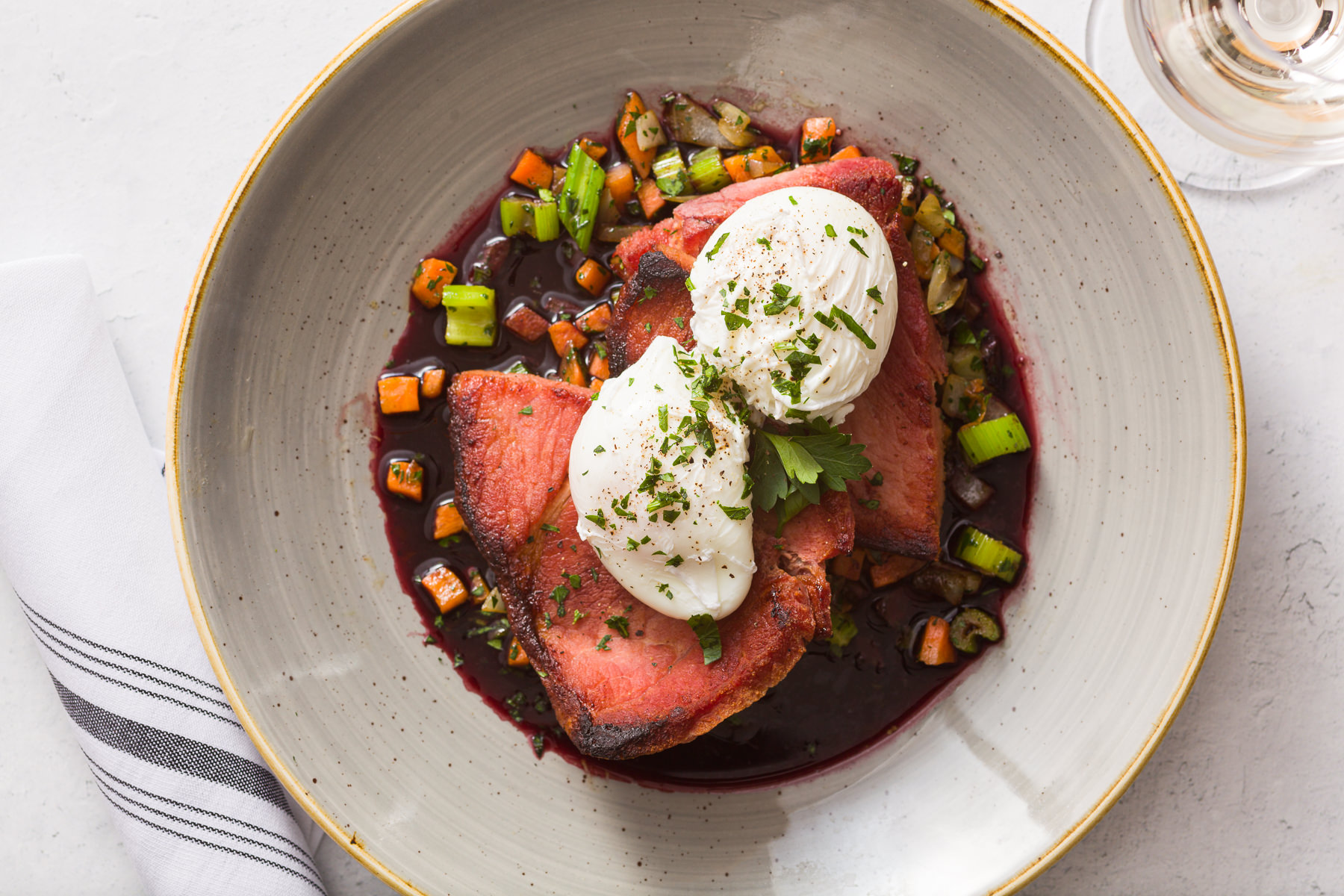Gascony is the perfect origin point to start our journey exploring the pays or natural territories of France. In fact, the first regional cookbook anywhere was published here: Le Cuisiner Gascon (1740). And to this day, Gascony remains the opening to France’s cornucopia of cuisine.
Located in the extreme southwest (Sud Ouest) of France; the region’s borders are generally defined by the Bay of Biscay (Golfe de Gascogne) to the west on the Atlantic Ocean extending inland along the foothills of the Pyrenees east to the Garonne River which runs north and west to Bordeaux.
The dishes we have explored so far lean heavily into the warmer climate, seafood-based cuisine that comes from near the Bay of Biscay on the Atlantic Coast. As a natural harbor and trading port, it has been not only a point of entry for many cultural and culinary ideas, but ingredients as well, from Spain, Africa, and Northern Europe, and perhaps most importantly, those which arrived from the New World during the Age of Colonization like maize, beans, peppers, and cacao.
Often when we’re exploring the cuisine of the various pays there are times when our sources provide us with nearly intact recipes, and other times when we must interpret a brief mention of an eating habit or combination of ingredients. The first dish we’ll describe is an example of the latter, a dish of our own creation: Oysters Flambeau.
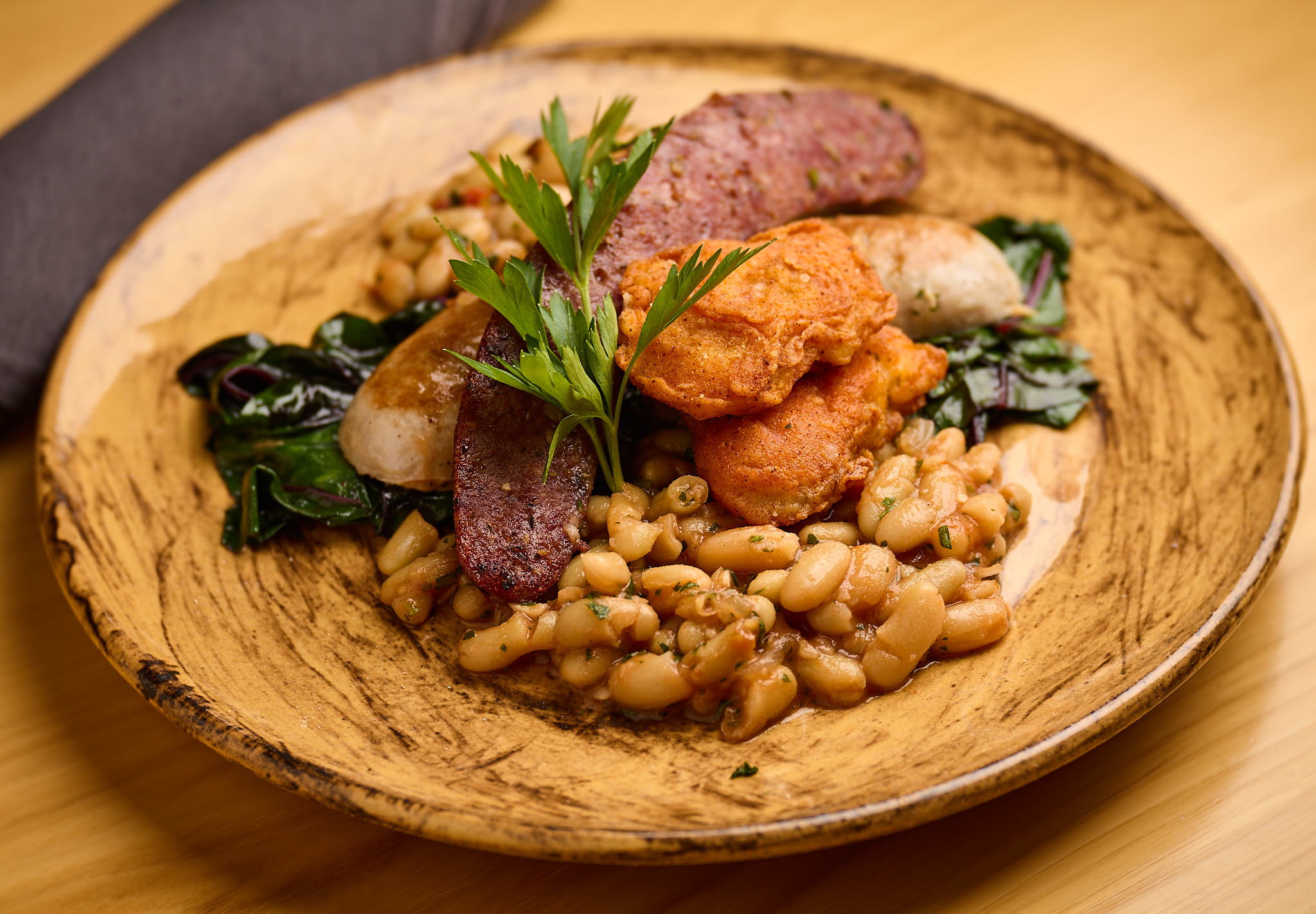 Oysters Flambeau
Oysters Flambeau
fried oysters, smoked lamb sausage, and boudin blanc served over flageolet beans and chard with tomato-wine sauce
In their book, French Regional Cooking (1981), Anne Willan gives an overview of the multitude of seafood that arrives in the Gascony region from the Atlantic Coast. While most of this is wild catch like tuna, swordfish, sardines, anchovies, and formerly whales, aquaculture also has existed for quite some time producing scallops (Coquilles St. Jacques), prawn, and especially Portugaises oysters.
The last, a fast-growing species related to the Pacific oyster was likely introduced by trading ships as an invasive species from Asia but became essential in France for its ability to be farmed and reach a saleable size in just three years, at the expense of flavor. It became common then to add complexity by enjoying these oysters raw or cooked with small sausages and a customary glass of white wine to add some zing to the otherwise bland shellfish.
Here, we took the combination a step further by battering and frying plump, shucked oysters, and paired them with two kinds of in-house sausages representing common meats of inland Gascony. Sliced lengthwise and seared on the inside, a smoky and spicy lamb sausage and pork fat-based Boudin Blanc provide additional richness to the dish.
By serving over a base of beans, we add complex starch while calling to mind the introduction of heirloom beans from the New World such as the long, speckled flambeau variety of flageolet runner beans planted in the region as a companion to corn. Here, they are cooked gently and served with chard, a descendant of the sea beet common to all of coastal Eurasia, as well as a common regional sauce of tomato and white wine to make a savory, filling surf-and-turf shareable plate.
 Pavé de Sole à l’Aubergine
Pavé de Sole à l’Aubergine
filet of sole served over sliced heirloom tomatoes and fricassée eggplant, with fried leeks and leek oil
The first entree from the region we have featured is a filet of flatfish. Known as a pavé (literally a paving tile) this is a reference to the cobblestone walks that line the many harbors of the region, the most famous of which was Saint-Jean-de-Luz on the Bay of Biscay.
Here throughout more than a millennium, the fortunes of the Basque fishing industry have risen and fallen due to fierce competition from other cultures like the Dutch and English whalers, and more importantly from overfishing of cod, tuna, and sardines that has pushed their natural habitats further and further from the Gulf of Gascony. However, to this day, a limited quantity of extremely high-quality fish are still line-caught and served fresh in Gascony’s port eateries.
This dish is inspired by Kaïku, a Michelin-starred restaurant located in the harbor district of Saint-Jean-de-Luz, it can be made with any flatfish like Sole, Halibut, or Turbot found in the shallow waters of Pays Basque. These whole fish are butchered into the pavé filets (saving the heads and frames for stock) before being mortared to the plate with Aubergine or eggplant. The traditional recipe roasts the eggplant and then sautées it with onion, pepper, garlic, tomato, and a liberal amount of olive oil to make a sofrito before adding fish stock to lengthen into a sauce.
We’ve mostly followed this direction, deviating from the sautée by opting for a fricassée, cooking the roasted eggplant in a large open pan to help the flesh shed moisture and crisp again, as well as by adding sunchoke and white wine to the fricassée of eggplant to make a barigoule. This Provençal technique, somewhere between a fry and pickle, helps preserve the vegetable and add acidity.
We also have omitted the tomatoes in the sofrito, taking advantage of the last gasp of heirloom tomatoes in the season by slicing them thick and raw to form yet another umami, acidic base to the dish.
Finally, we embellished the dish with leek oil made by blanching the green tops of shaved leeks and chives to fix their color before blitzing them with grape seed oil in a high-speed blender. Cooking only with friction, this simple combination of ingredients is taken to its smoke point before a fine strain through a coffee filter, yielding a shelf-stable, chartreuse-colored oil.
— Check back! We’ll be adding more pictures and descriptions of dishes as we go. But most importantly, come in and experience Pays de Gascogne yourself at Cadre while it lasts. Reserve your seat here.




